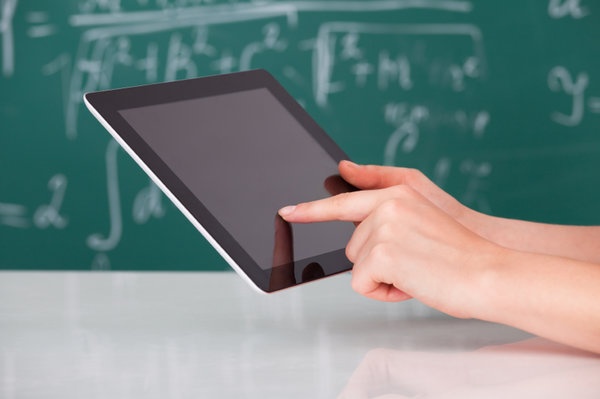
Keeping students’ attention in the classroom has always been a challenge for teachers. Most students would rather be somewhere other than school so their minds tend to wander, even when the topic itself might be interesting. To engage with students, teachers need to apply new strategies that promote more interaction and more personal involvement, and using technology in the classroom is proving to be an ideal means to make students more active learners.
According to a 2013 Gallup survey on the State of America’s Schools, 55 percent of K-12 students are considered “engaged” in the learning process while 28 percent are “not engaged” and 17 percent are “actively disengaged.” Having nearly half of the students in the classroom disengaged can affect the entire class, even the entire school. Uninterested or disruptive students have an impact on everyone’s classroom experience.
By using technology effectively in the classroom, teachers can help students learn at their own pace. They also can track students’ progress more closely and help students who are struggling while allowing other students to forge ahead with their lessons.
Here are just a few ways that teachers are harnessing technology to improve student engagement:
Personal Technology in the Classroom Promotes Excitement
Today’s students are used to interacting with the world around them through laptops, tablets, and smartphones. Applying the same technology in the classroom gives students a familiar and fun interface to engage with lessons. Incorporating handheld devices into a lesson plan makes learning more fun.Technology Promotes Self-Instruction
Rather than lecturing to students, teachers can encourage students to teach themselves using online lessons and web resources. For example, a teacher can pose a question to students or ask for an explanation of a subject and the student uses his or her laptop or tablet to find the answer.Technology Promotes One-to-One Instruction
By asking students to pursue their own study or use self-guided, online lessons, teachers have more time to work with students individually. Using technology, the teacher can assess comprehension and use remedial content and other materials to help individual students understand the material.Technology Promotes Student Collaboration
Students can use technology to collaborate on projects in class. Teachers are increasingly using online resources such as school website, blogs, and wikis for class projects, and students can use their computing devices to research projects and collaborate with other students online as well as in the classroom.Technology Promotes Gamification
Students thrive on competition and technology can be used to turn lessons into games or contests. For example, students can use digital white boards for spelling bees or other learning games. Interactive lessons and educational software often have scoring systems so students can compete, but the only way they can come out on top is by completing the assignments.Technology Enables New Learning Experiences
The great thing about the web is that it can take you anywhere in the world. Virtual field trips are becoming increasingly popular, transporting students to exotic places via their digital whiteboard or handheld computer. Field trips are available from scholastic vendors, the National Park Service, Google, and other sources and can take you anywhere from the Smithsonian to Antarctica.Technology Simplifies Standardized Testing
Forty-five states have started administering standardized tests using electronic devices, and standardized testing is still vitally important to measure student progress and for school funding. Technology helps students prepare for these tests. It’s important that students not only understand the test material, but how to use the technology to take the test. Using pre-testing drills with computer technology will help students prepare and improve test scores.When using technology to promote student engagement, remember that technology should enhance learning, not replace it. And technological support extends beyond the student’s laptop or tablet. The infrastructure behind the lesson has to support the learning experience. That means having sufficient bandwidth to make interactive learning fun and not frustrating. If you use streaming video, for example, then the wireless network has to be able to handle a video signal without jitter or lost connections. Technical issues shouldn’t disrupt the learning experience.
Technology in the classroom can be a great instructional tool if you understand how to apply it. Those educators who don’t use technology in the right fashion won’t be able to promote student engagement. For example, presenting a video lecture online is the same as presenting an in-class lecture. However, if you use a computerized lesson instead that integrates new information and interactive exercises, the lesson is more engaging and student retention will be greater.
What are some ways you've seen teachers use technology in the classroom?







